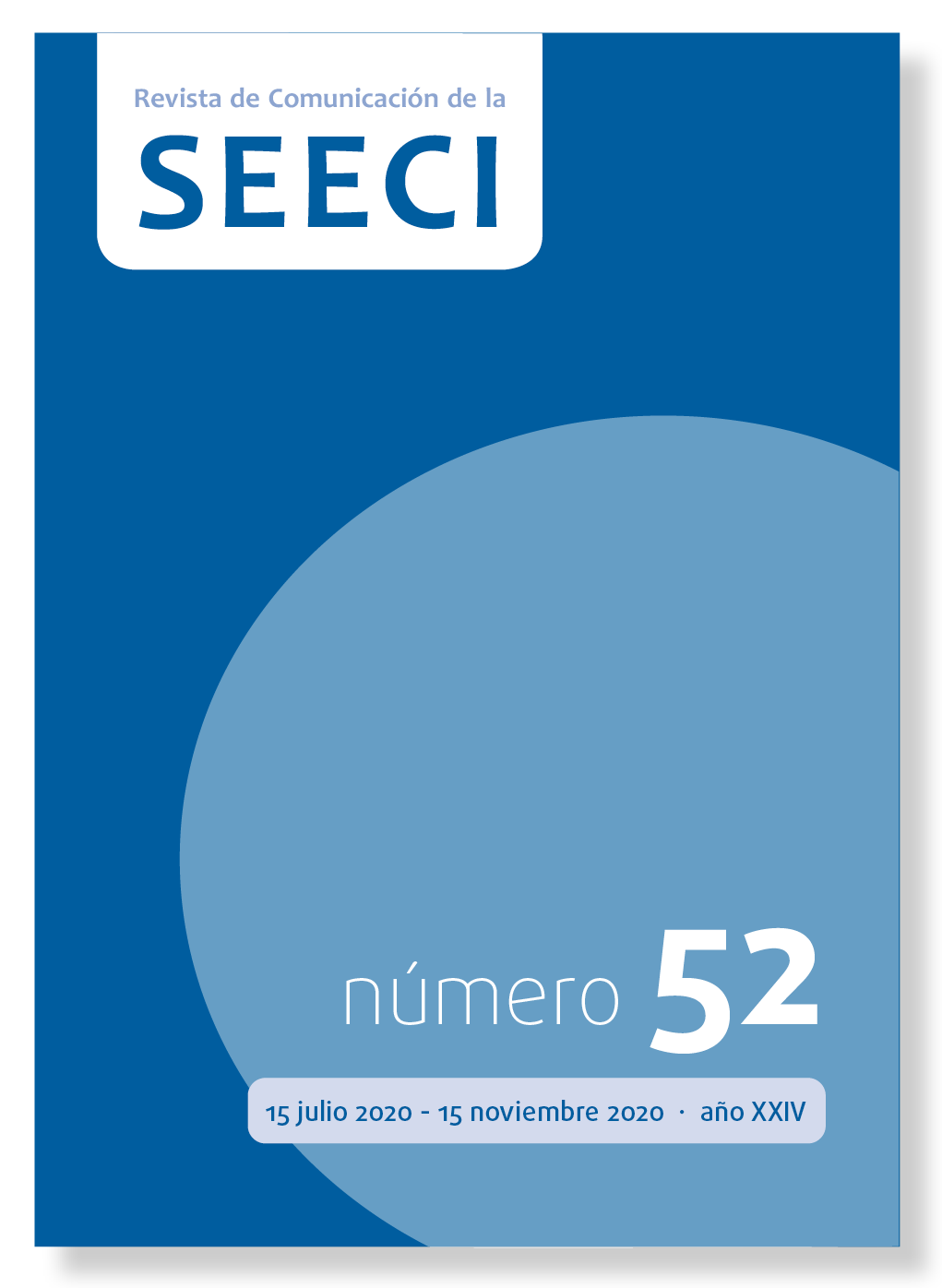ICT as a research tool: analyzing neurolinguistic programming techniques
Main Article Content
Abstract
In this research paper, we are going to analyze in depth the characteristic neurolinguistic programming tools and issues closely related and linked to their environment, development, use and social awareness, with the final aim to prove or disprove their veracity regarding the different types of learning embraced and indirectly affected by this discipline, as well as the idea itself that the direction of one’s look (the direction in which the person focuses their eyes while talking with another, pointing to areas of the brain with specific known functions) either entails or not a reliable indication of whether someone is lying or telling the truth. The content of this paper consists in having put this hypothesis into practice and in an effort to test its results. Thus we have the ultimate goal of reaching a conclusion on the fact of whether neurolinguistic programming tools and their related elements are testable or not, refutable or not; as it is currently not substantiated or proven with tools, techniques and technologies that are considered measurable unlike other tools that have had the benefit of this test, such as, for example, Eye Tracking.
Downloads
Article Details
The Journal of Communication of SEECI recognizes and promotes copyright rights, as well as the need to disseminate knowledge in an accessible and equitable manner. Our journal operates under a Creative Commons License CC BY-NC 4.0, which allows authors and users to:
- Share and Adapt: Copy, redistribute, and adapt the material published in the journal in any medium or format.
- Attribution: Properly acknowledge authorship and provide a link to the license, indicating if any changes have been made.
- Non-Commercial: Do not use the material for commercial purposes without the express permission of the authors and the journal.
- Authors retain copyright and may enter into non-exclusive agreements for self-archiving, deposit, or distribution of the publisher's version published in this journal, including institutional, national, or international repositories, and personal websites.
References
Álvarez-Flores, E. P.; Núñez-Gómez, P. & Rodríguez Crespo, C. (2017). E-skills acquisition and deficiencies at the university in the context of the digital economy. Revista Latina de Comunicación Social, (72), 540-559. doi: http://dx.doi.org/10.4185/RLCS-2017-1178
Bustos Martínez, L.; De Santiago Ortega, P. P.; Martínez Miró, M. A. y Rengifo Hidalgo, M. S. (2019). Discursos de odio: una epidemia que se propaga en la red. Estado de la cuestión sobre el racismo y la xenofobia en las redes sociales. Revista Mediaciones Sociales, (18), 25-42. doi: http://dx.doi.org/10.5209/MESO.64527
Blanco Mallada, L. (2009). La gestualidad: significación y estética del rostro y la expresión corporal. Revista Vivat Academia, (105), 40-58. Recuperado de http://www.vivatacademia.net/index.php/vivat/article/view/256/230
Gutierrez Muñoz, J. (2007). Ciencia frente a pseudociencia. Revista Vivat Academia (90), 1-34. doi: http://dx.doi.org/10.15178/va.2007.90.1-34
Hassan Montero, Y., y Herrero Solana, V. (2007). Eye-Tracking en Interacción Persona-Ordenador. No Solo Usabilidad, (6). Recuperado de http://www.nosolousabilidad.com/articulos/eye-tracking.htm
Lavilla Muñoz, D., y Mesonero Izquierdo, R. (2010). Realidad y ficción. Desde la autopercepción a la sociabilización tecnológica: discurrir histórico. Revista de la SEECI, (22), 16-29. doi: https://doi.org/10.15198/seeci.2010.22.16-29
Lorié González, O. (2015). Modelo didáctico de la comprensión de textos escritos desde una perspectiva lingüístico-pedagógica. Revista Inclusiones, 2(3), 76-87. Recuperado de http://www.archivosrevistainclusiones.com/gallery/6%20oficial%20articulo%20jul%20sep%20%20%202015%20rev%20inc.pdf
Manzano Díaz, M.; Bravo Alvarado, R. N., y García Lebroc, L. A. (2019). Las competencias comunicativas en la formación permanente: discursos y realidades. Revista Inclusiones, 6(2), 87-106. Recuperado de http://www.archivosrevistainclusiones.com/gallery/5%20vol%206%20num%202%202019abriljunio19incl.pdf
Mestres Naval, F. y Vives-Rodrigo, J. (2016). Justicia y Ciencia: avanzando juntas para construir un mundo mejor. Revista inclusiones, 4(2), 10-27. Recuperado de http://www.archivosrevistainclusiones.com/gallery/1%20oficial%202016%20abr%20jun%20rev%20inc.pdf
Migallón, I. (2011). Cómo detectar mentiras según la mirada. Psicocode. Recuperado de https://psicocode.com/social/como-detectar-mentiras-segun-la-mirada/
Timoteo Álvarez, J. (2007). Neurocomunicación. Propuesta para una revisión de los fundamentos teóricos de la comunicación y sus aplicaciones industriales y sociales. Mediaciones Sociales, (1), 355-386. Recuperado de https://revistas.ucm.es/index.php/MESO/article/view/MESO0707110355A/21499
Turchet P. (2010). El lenguaje del cuerpo: conozca a su interlocutor a través de sus gestos y posturas. Editorial Ediciones Mensajero, S.A.
Vázquez-Herrero, J.; Negreira-Rey, M. C., & Pereira-Fariña, X. (2017). Interactive documentary contributions to the renewal of journalistic narratives: realities and challenges. Revista Latina de Comunicación Social, (72), 397-414. doi: http://dx.doi.org/10.4185/RLCS-2017-1171en





